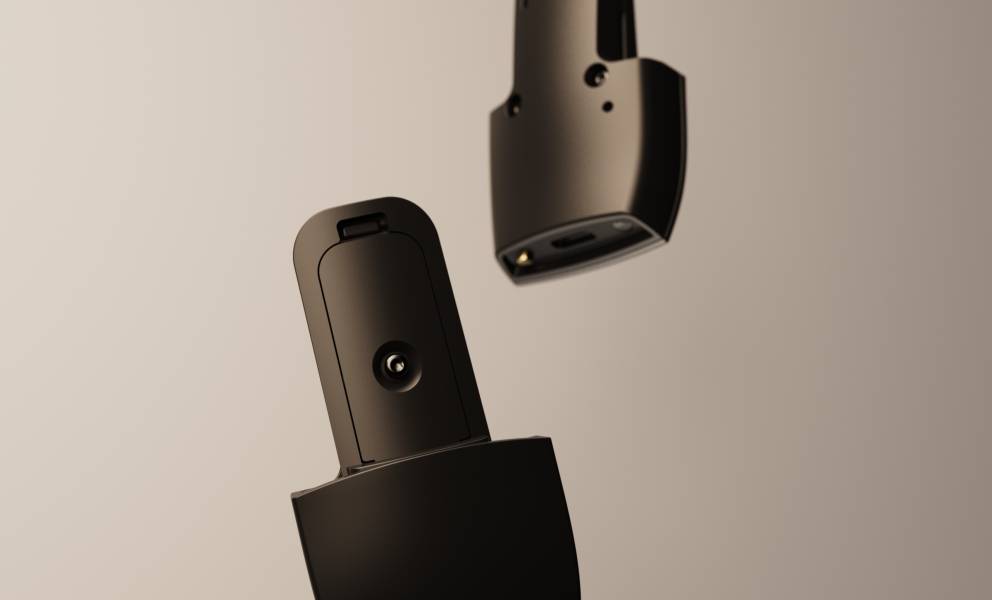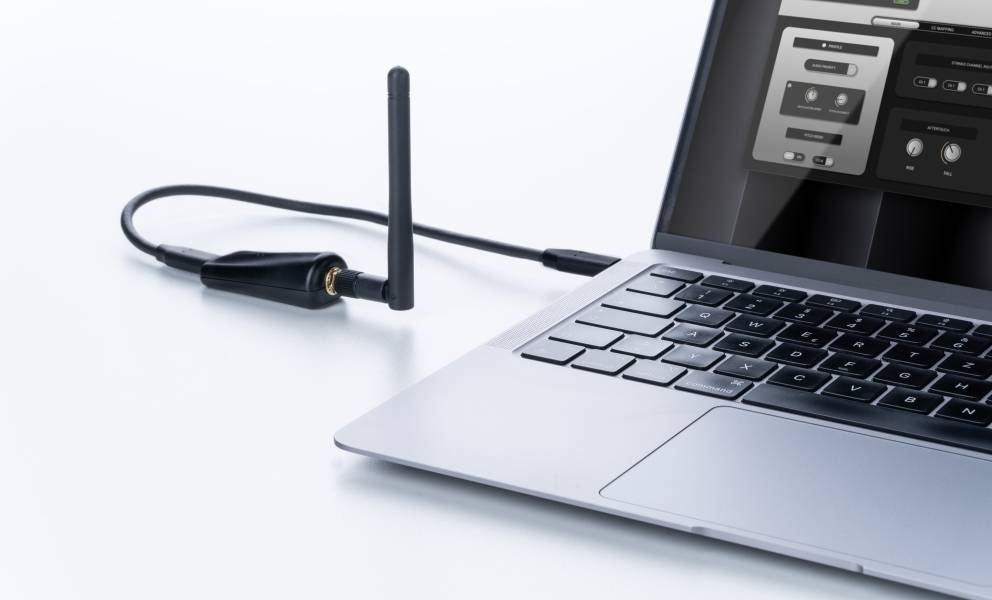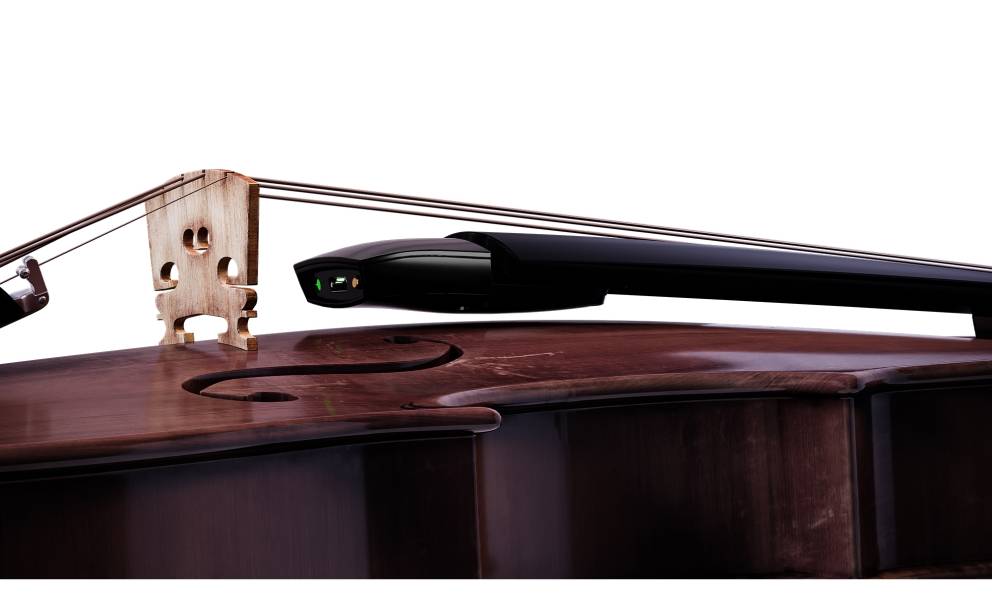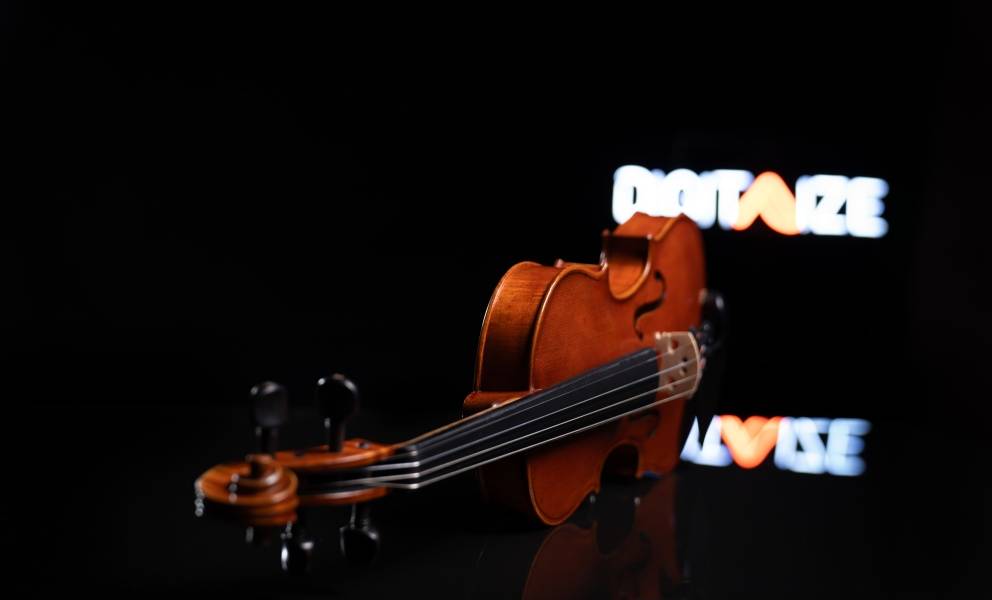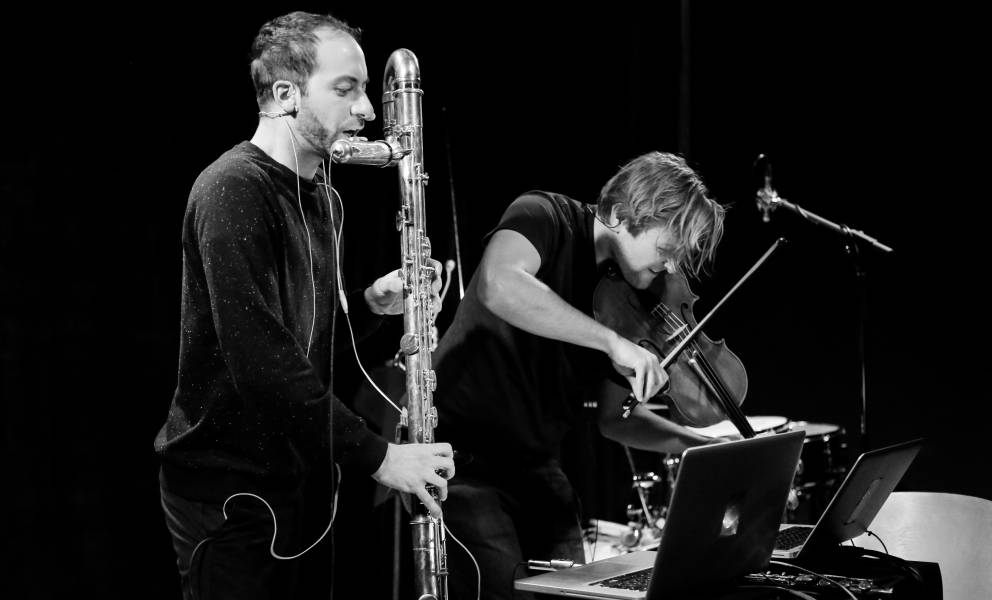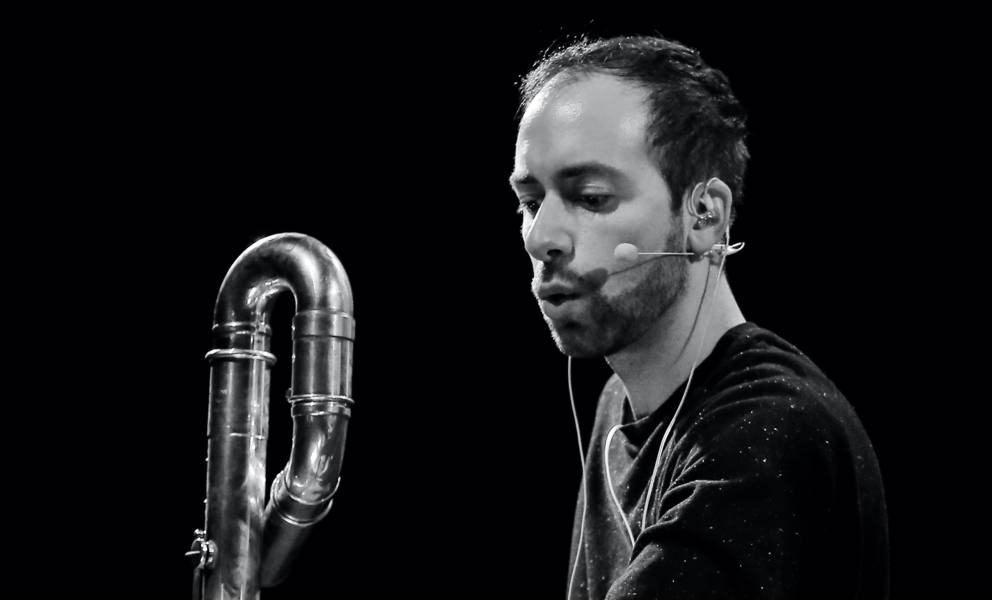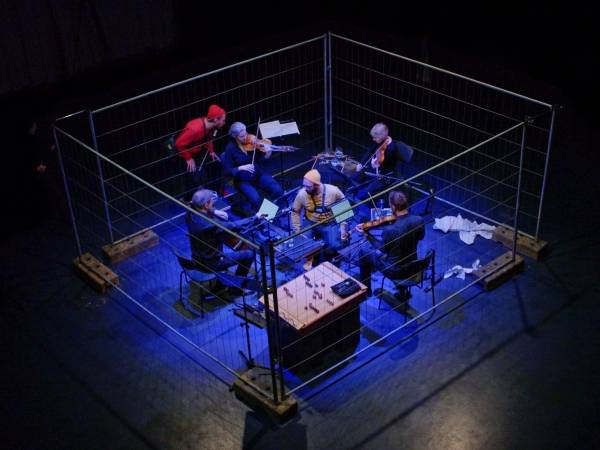4 Minuten
Smart Instruments
Developers, companies, and enthusiastic musicians develop new digital musical instruments, controllers, or virtual instruments every year to create new possibilities for expression. The situation is different for classical musical instrument manufacturers, who often have centuries of history and are less concerned with the digital possibilities of today. Musicians themselves have long been searching for new ways to better fuse acoustic instruments with electronics. Until now, however, in most cases the acoustic source of the instrument has been recorded, e.g. using a microphone, analyzed, and then processed and played back. But things look different as soon as you try to synchronize more complex processes with the playing and, for example, control individual parameters of the sound design live using an instrument. In the edu-tech sector, too, many companies aim to analyze the audio signal alone and extract information from it. Many, but not all.
Digitaize takes a completely new approach and uses a unique sensor system developed in-house to determine playing data from musical instruments in real-time.
The Digitaize module
Any acoustic violin can become a digital violin. Digitaize makes it possible. It forms an invisible bridge between the acoustic instrument and the computer. A sensor developed in-house is used for this purpose, which is mounted on the fingerboard of the instrument. This sensor is linked to evaluation electronics that process and interpret the data and send it wirelessly to the computer. This makes many things possible: real-time notation, controlling synthesizers, monitoring movement sequences, evaluating dexterity, and numerous other applications.
The module can be easily mounted on any violin (or 5-string violin, viola, or cello). The module has two built-in microphones (a contact microphone for the vibration and an air microphone for the sound), a gyroscope, and an accelerometer to detect the movement of the instrument, as well as a haptic sensor to detect the finger position.
This complex data is received via software and sent on to the end device as MIDI or audio information.
The perfect symbiosis
The Digitaize module attempts to merge with the instrument and create a perfect symbiosis with the acoustic body. The focus is on a non-invasive design, which in no way impairs either the playing feel or the sound of the instrument. To achieve this, any contact with the body of the instrument was avoided and care was taken to minimize the contact surface with the instrument. The Digitaize module sits exactly between the fingerboard and the bridge and looks like a natural extension of the fingerboard. The module is connected magnetically with a link that forms the bridge between the module and the sensor.
Integrated string instruments
Digitaize also develops fully integrated instruments, such as the Digitaize Smart Violin. In this instrument, the electronics are integrated directly into the fingerboard. From the outside, the instrument looks quite normal, but if you take a closer look at the fingerboard, you can see the built-in electronics, a small LED, a power button and the USB port for charging. New instruments like this have an implicit message: in the future, all musical instruments will be digitally integrated, it's only a matter of time.
Use Cases
But what can musicians do with Digitaize? The possibilities are endless!
- Control virtual sounds and synthesizers with incredible precision. The built-in sensor on the fingerboard has an extremely high resolution and detects every nuance and finger position. The sensor is designed to scan each string individually, so the system is also completely polyphonic.
- Live amplification. The instrument can be amplified wirelessly via the built-in microphone. The system has both a digital air microphone and a contact microphone for maximum flexibility.
- Use movement and acceleration. The motion sensors allow for additional expression and give musicians the freedom to shape the sound in a new way.
- Multi-Mode. Digitaize makes it possible to connect several instruments to a computer and receive them via the receiver. Whether a duo, string quartet or even a string orchestra - with Digitaize, any number of instruments can be connected and their signals received via USB receiver.
A new creativity
Digitaize is about creativity and music, more than technology. For the two inventors, it was a compositional necessity to deal with the instrument in this new way. It was about redefining the instrument and linking it to electronics in a more meaningful way.
As a result of my background as a classical musician, I had an affinity for the acoustic musical instrument. Making music requires the development of fine motor skills, and these are an important source of creativity, expression and human authenticity in music. These subtleties of expression are far from being available in the field of digital and/or virtual musical instruments. However, Digitaize promises to maintain this added value and translate it into the digital realm. New acoustic instruments are also emerging in the wake of this technological expansion.
Today, there are many musicians in a wide variety of genres who are creatively involved with their instruments, who compose, experiment, improvise and work with electronics. This technology is designed precisely for these musicians.
The developers
Digitaize was developed in 2016 by Rafal Zalech and Alessandro Baticci - both musicians, composers and instrumentalists. In search of new ways to express themselves on their instruments, they met at the University of Music and Performing Arts in Vienna. Thus began a musical and entrepreneurial collaboration that continues to this day. Since 2023, they have been developing Digitaize together with an industry partner.
No wonder that such technology attracted the interest of a company that has innovation on its coat of arms - C.Bechstein Digital. The "digital" side of the C. Bechstein piano group develops innovative creative technologies for and beyond the piano. Of particular interest is the possibility of using Digitaize in the field of music education.
Alessandro Baticci
Alessandro Baticci (Milan, 1991) operates at the interface between music and technology. As a composer, flautist and performer, Alessandro is internationally active in the field of contemporary music and electro-acoustic sound art. Alessandro is also a passionate entrepreneur, inventor and product designer. He has developed innovative electro-acoustic instruments, digitally augmented musical instruments, sound libraries, as well as sound and ergonomic devices for acoustic musical instruments. Alessandro is a guest lecturer and workshop leader at various universities and institutes worldwide. Alessandro is currently Product Manager for Digitaize at C. Bechstein Digital. He studied composition, flute, sound engineering and multimedia art in Milan, Vienna and Graz.
Article topics
Article translations are machine translated and proofread.
Artikel von Alessandro Baticci
 Alessandro Baticci
Alessandro Baticci 
